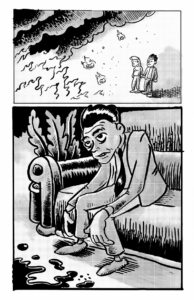 Today we’d like to introduce you to Eric Knisley.
Today we’d like to introduce you to Eric Knisley.
Hi Eric, thanks for sharing your story with us. To start, maybe you can tell our readers some of your backstories.
I was born in Asheville, NC, in 1961, started drawing shortly afterward, and just never stopped. You know how all kids draw, up to about the fourth grade? And then you just have one or two weirdos who keep drawing while everybody else moves on to sports? That was me…
I naturally gravitated towards comics art. The art was vibrant, often crude, and incredibly dynamic, especially the work of Jack Kirby. The stories were mostly garbage, but they always had a hook that drew me in.
I used to copy the same panel from Fantastic Four or The Incredible Hulk over and over again, trying to get a perfect copy without tracing. Drawing is an itch I gotta scratch, and comics were the perfect scratching post.
In the early 1970s, I discovered underground comics and was introduced to the idea that comics can be about regular life, too. I was heavily influenced by artists like Robert Crumb, Gilbert Shelton, Richard Corben, and others. In the early 1980s, the alt-comics scene roared into being and revived my interest in comics just as the underground was petering out…
I was also learning *hand-drawn animation* in college, and did enough of it to know that it wasn’t for me–too tedious! I maintained a love for the medium, though, and *once affordable* computer animation hardware and software emerged, I learned to use it and made a good run at freelance animation for many years. I loved it–you could off-load the boring stuff onto the machine and spend time doing the creative work instead.
That experience led me to work in several multimedia companies, and ultimately for a company that made big projection dome systems–like for planetariums, science centers, flight simulators, and many other uses. I was originally hired to do 3D animation for the domes, but eventually became a traveling installation/training/troubleshooting guy for the company.
My work took me to dozens of countries outside the US, and I got to see the world.
My drawing skills were key to my success in the world of digital animation and domes. Being able to quickly draw a sketch of a proposed system is a valuable skill–faster than other media, plus it looks like a kind of magic trick to people who don’t have that skill set.
At the same time that I was messing around with digital animation, I was also still drawing, every day, filling up hundreds of sketchbooks, doing shows, etc. I learned the craft of screen-printing and printed thousands of tee shirts and other stuff. I designed hundreds of posters.
I got way into *collage* and learned to do collages using digital tools as well as analog tools. No matter what else I was into–photography, painting, printing, whatever–I was ALWAYS drawing, and I still am. I imagine I’ll die at the drawing board, which would not be a bad way to go.
Would you say it’s been a smooth road, and if not what are some of the biggest challenges you’ve faced along the way?
It’s tough to make a living as an artist in the USA. Any creative field can be challenging, but comics, aside from a VERY few exceptions (The New Yorker, etc.) are seen as entirely disposable.
Where in the past, a person could reasonably shoot for a career as a syndicated cartoonist, these days such gigs are almost impossible to find. When the alt-weekly wave died in the late 1980s, the writing was on the wall. Like a lot of other cartoonists, I went into self-publishing, but I was actually making my living in animation.
These days, comics have become a legit career path once more, but nothing like they once were. I can’t complain–I’ve done OK for myself–but I do wonder sometimes what might have been.
Can you tell our readers more about what you do and what you think sets you apart from others?
My work in comics has been strongly conditioned by the comics I grew up with. I’ve never been able to shake the “superhero” look from my work, and I don’t really want to. I’m probably best known locally for a series of exquisite corpse projects I did with other artists over the last decade or so. They’re great fun to work on!
I’m probably most proud of the work I did working with Chapel Hill artist Kevin Dixon on the comic strip “Mickey Death”, later compiled into a graphic novel “Mickey Death and the Winds of Impotence”. it was a deeply satisfying blast of punk-rock cartooning, enormously fun to work on and it actually sold pretty well, too.
I guess what sets me apart from other artists is that I came of age as an artist just as digital art tools were becoming practical, so I was able to segue from one set of tools to the other without much trouble. I realized early on that digital tools offered many advantages (no smelly ink, for instance) and I think that’s been born out over the years.
What would you say has been one of the most important lessons you’ve learned?
Say “Yes”.
Saying “Yes” to a challenging teacher in 1979 got me into a life drawing class that changed my life. Saying “‘Yes” to a woman in 1982 led to a long, rewarding relationship the memory of which I treasure to this day.
Saying “Yes” to a crazy, underfunded high-tech startup in 1994 started me on a globe-trotting business adventure that I loved. Saying “Yes” to an English businessman in 2005 got me to the UK where I lived for several years.
Saying “Yes” to a job offer in 2012 got me a gig at a science museum, where I still work. You are a competent and capable person. You can handle whatever comes down the pike.
Say “Yes!” (Also: ALWAYS have a contract).
Contact Info:
- Email: [email protected]
- Instagram: https://www.instagram.com/eric.knisley/
- Facebook: https://www.facebook.com/knisley
- Twitter: https://twitter.com/eric_knisley
- Youtube: https://www.youtube.com/channel/UCeNDXeKuIgCW2-g4Ho39iJg
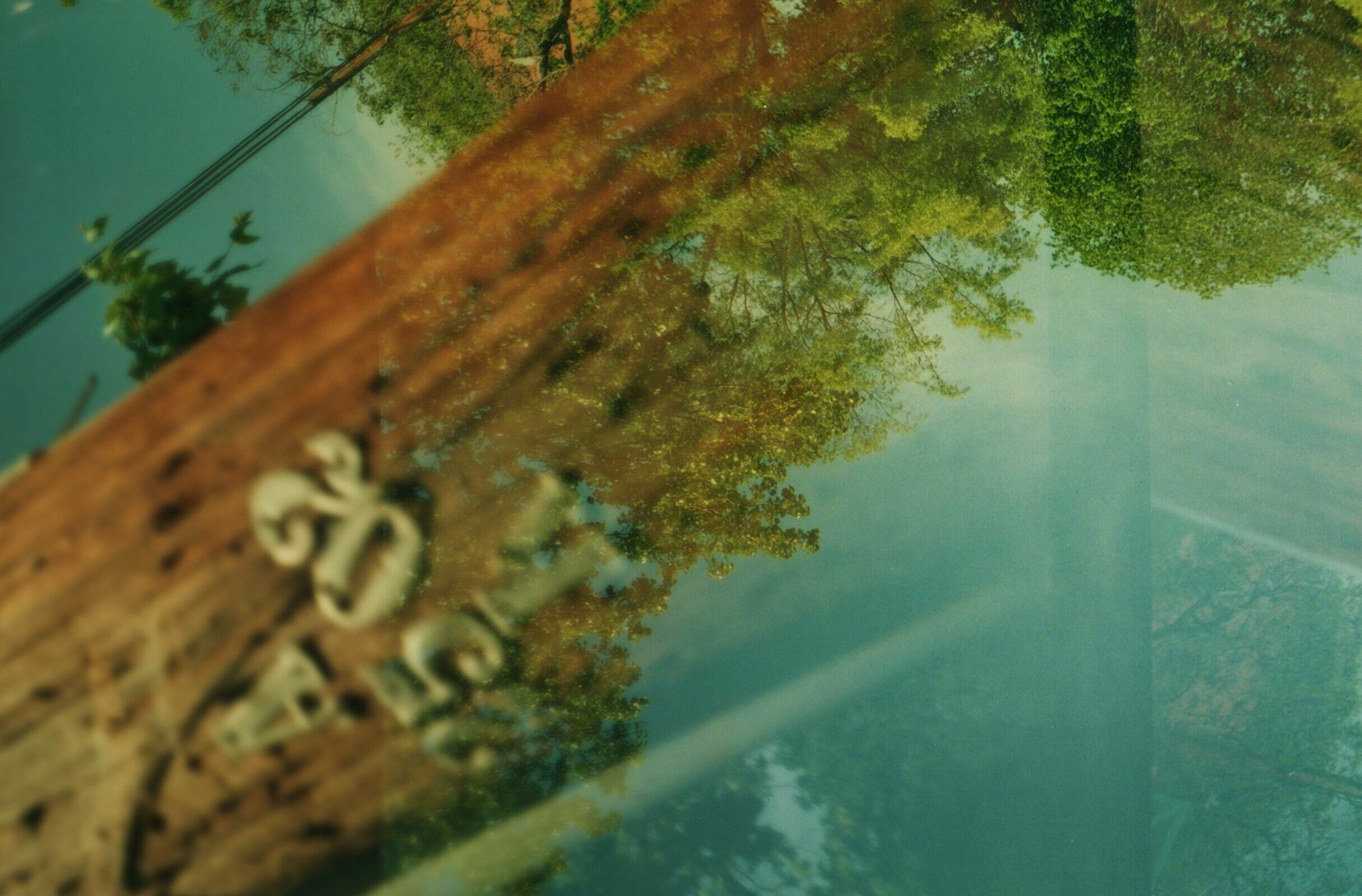
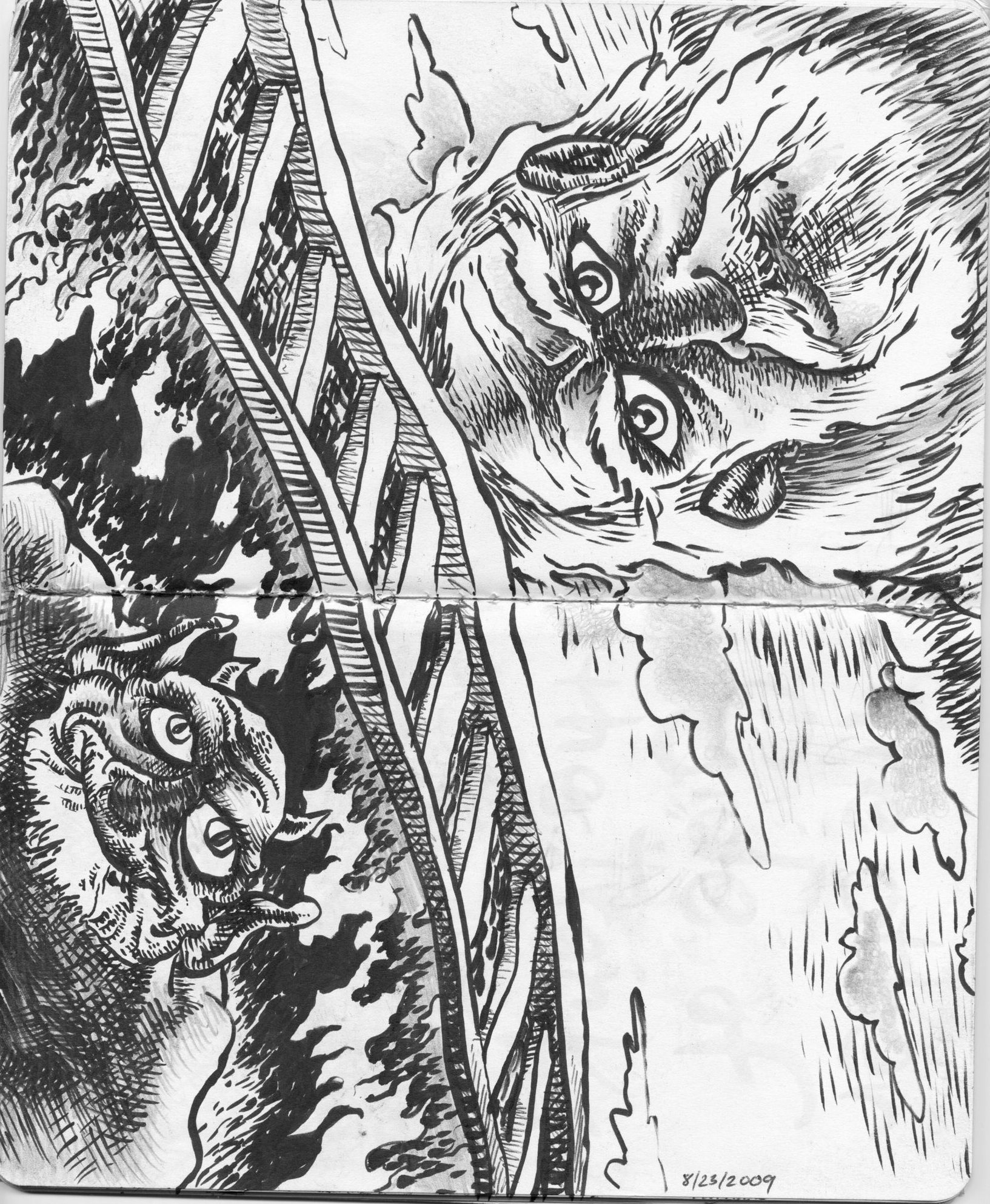
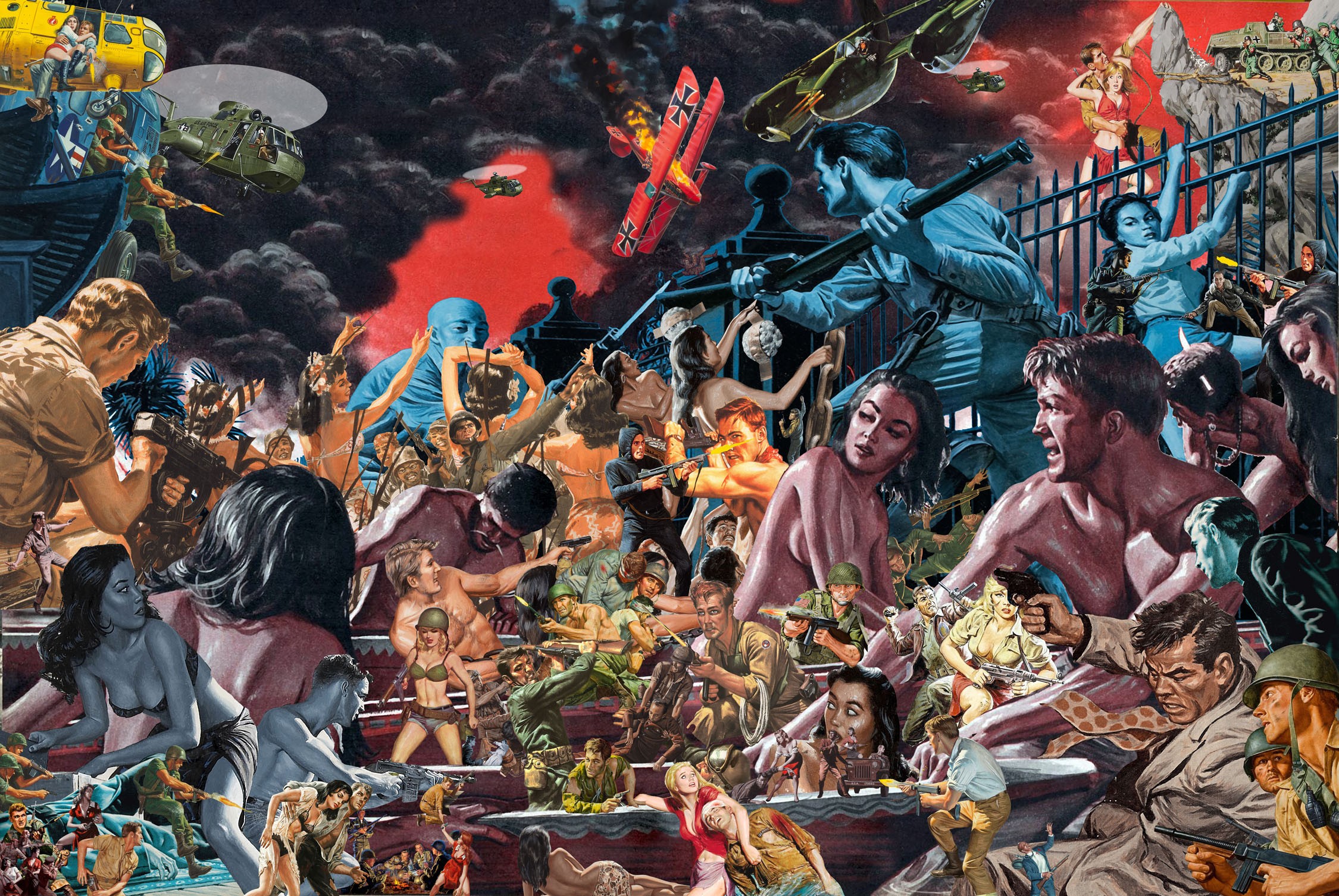
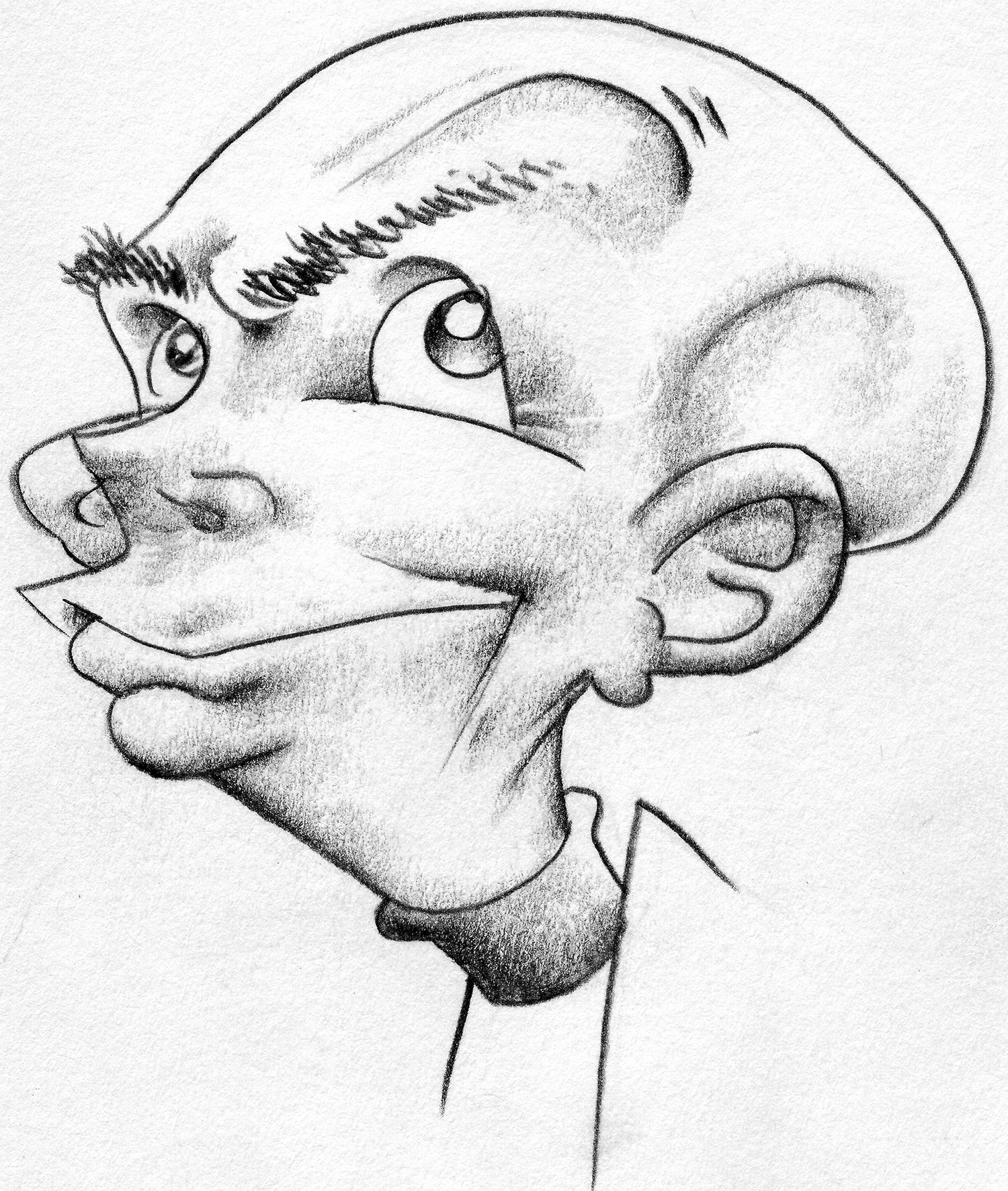
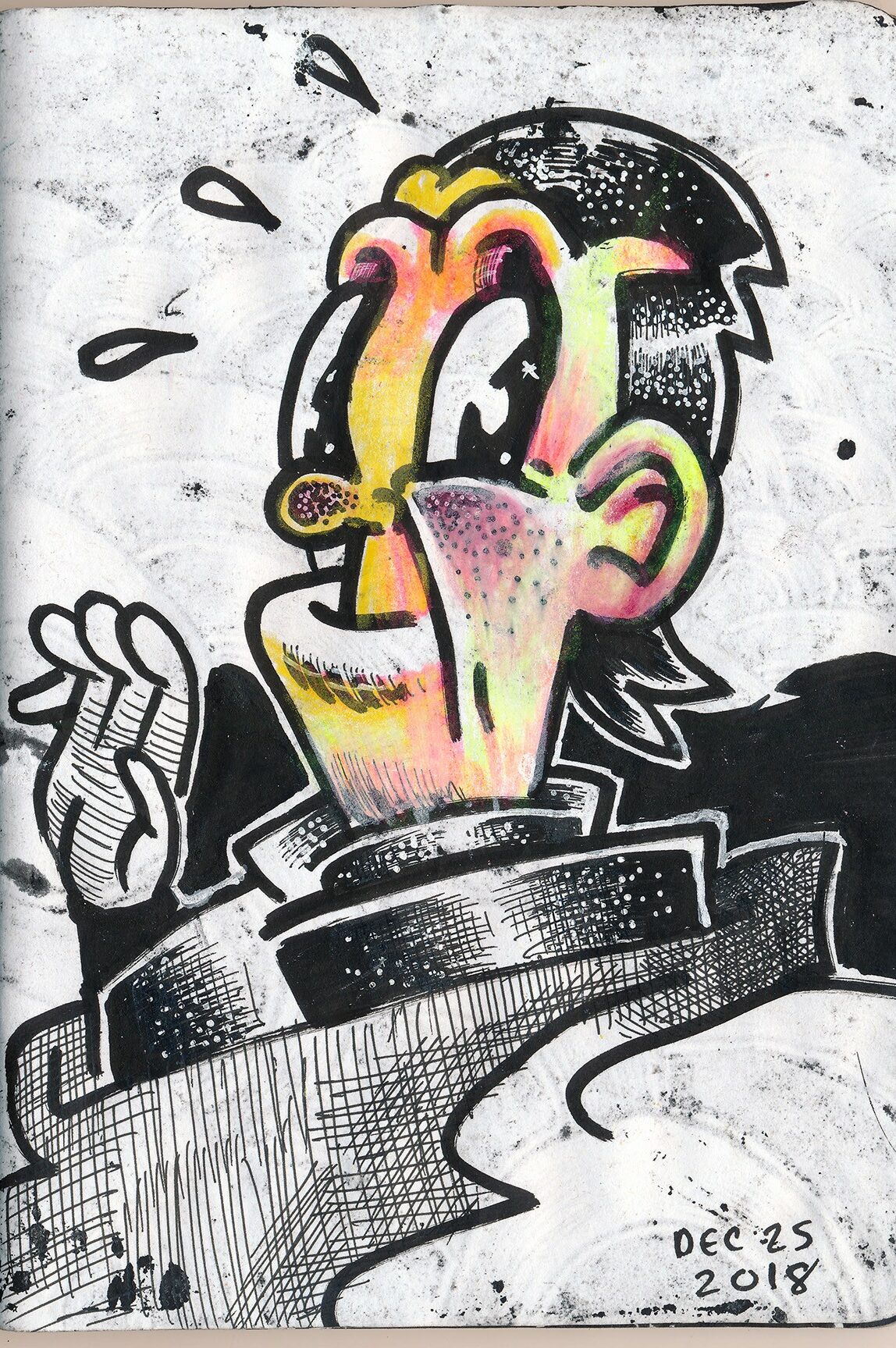
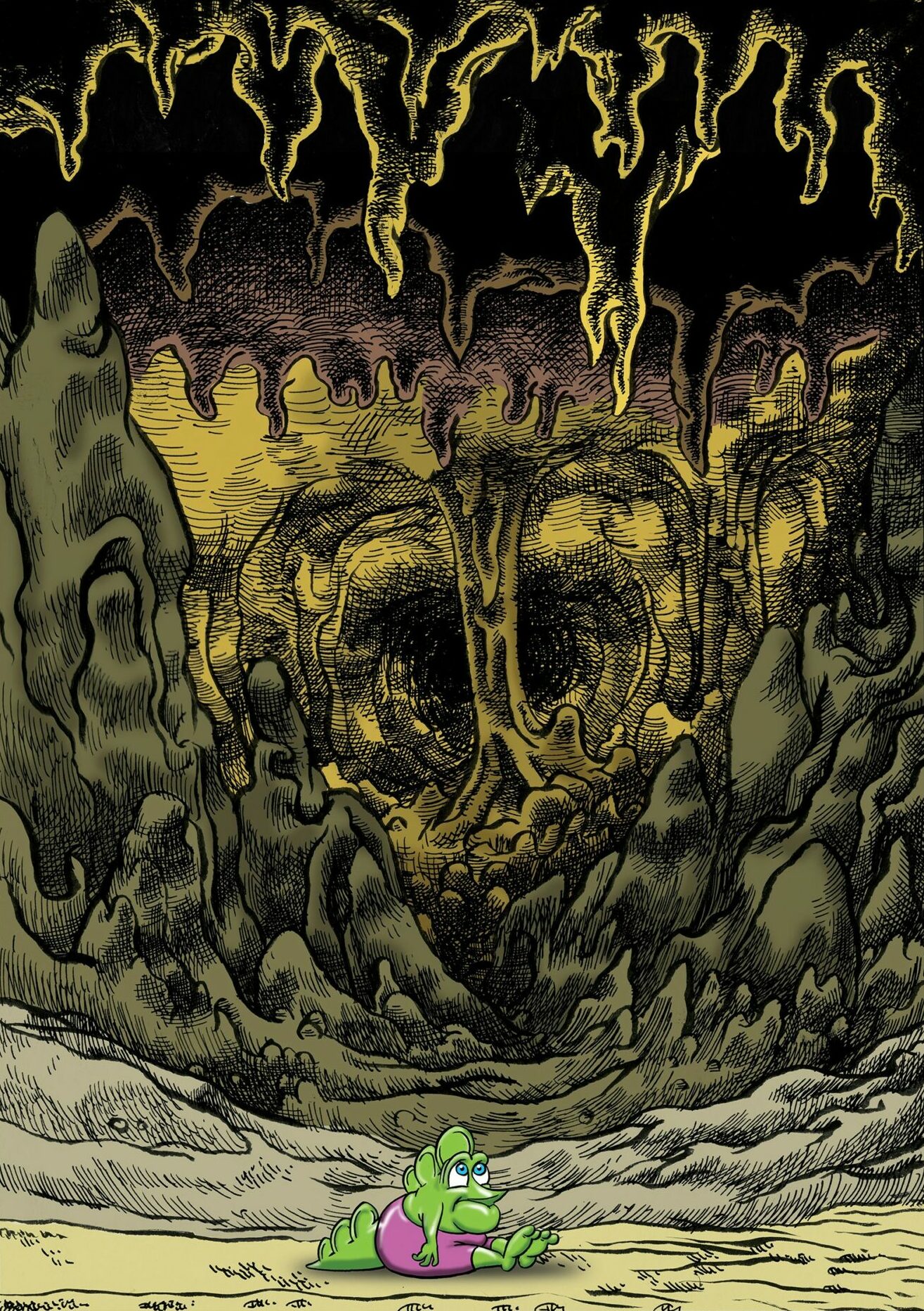
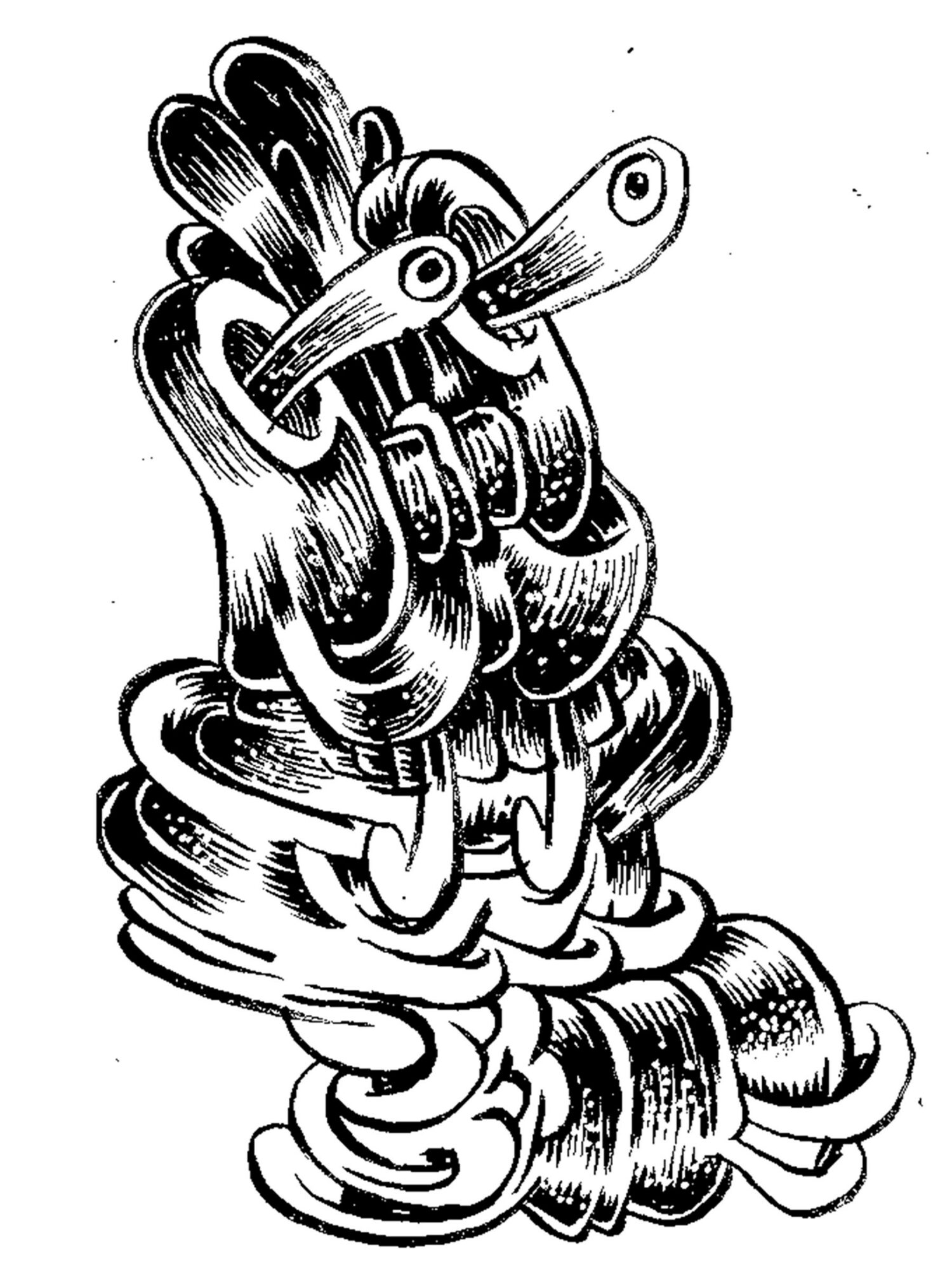
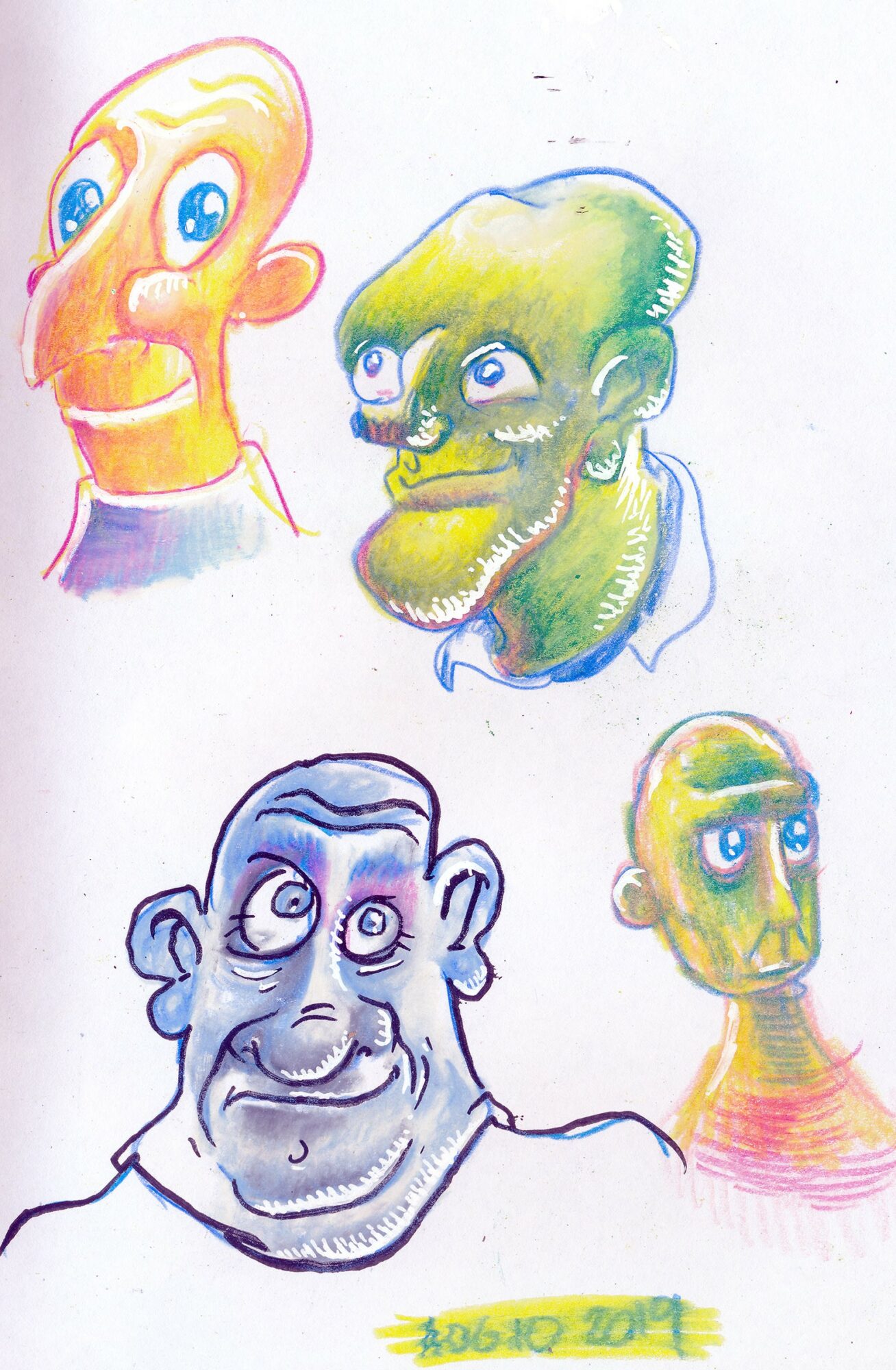
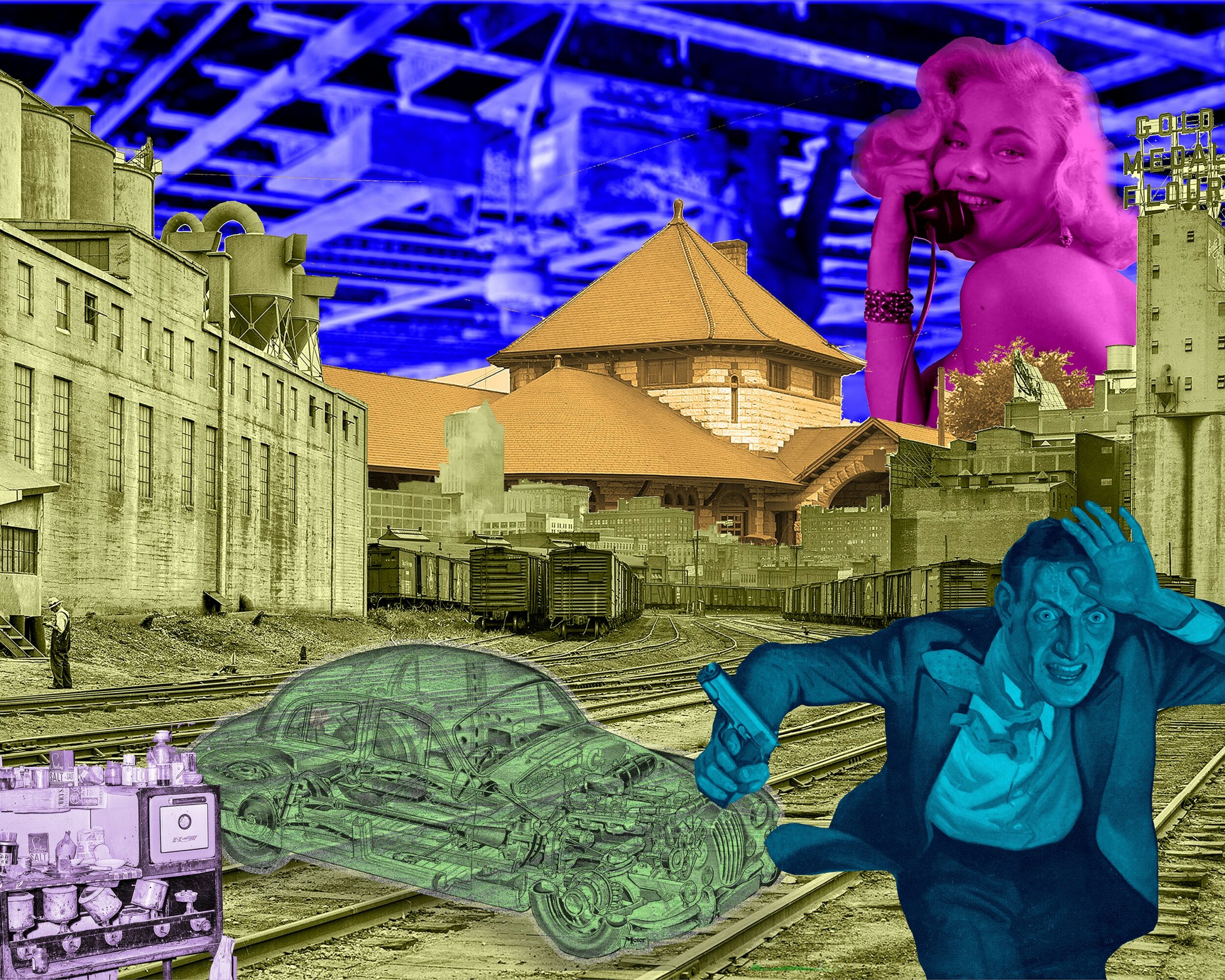




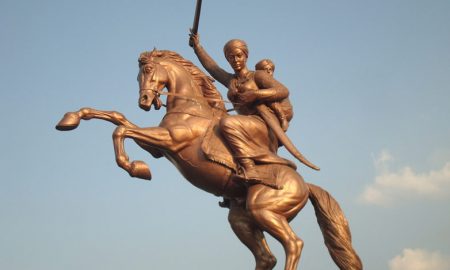







Marx Myth
April 20, 2022 at 10:49 pm
I have had yhe privilege of knowing and creating ith Eric for 12 years plus. He offers up a plethora of knowledge and skills that makes his work so endearing and wondrous. That and he a hell of a good guy
David Haynes
April 21, 2022 at 7:55 pm
I first met Eric at UNC-CH in the mid-1980s, and was immediately struck with his obvious talent, sense of humor and serious work ethic. I figured he would maintain his talents and love of this genre and, having seen many who failed to do that over the years, I was happy to see my instinct was correct. He’s an artist in the first degree, and I’m proud to call him a friend.